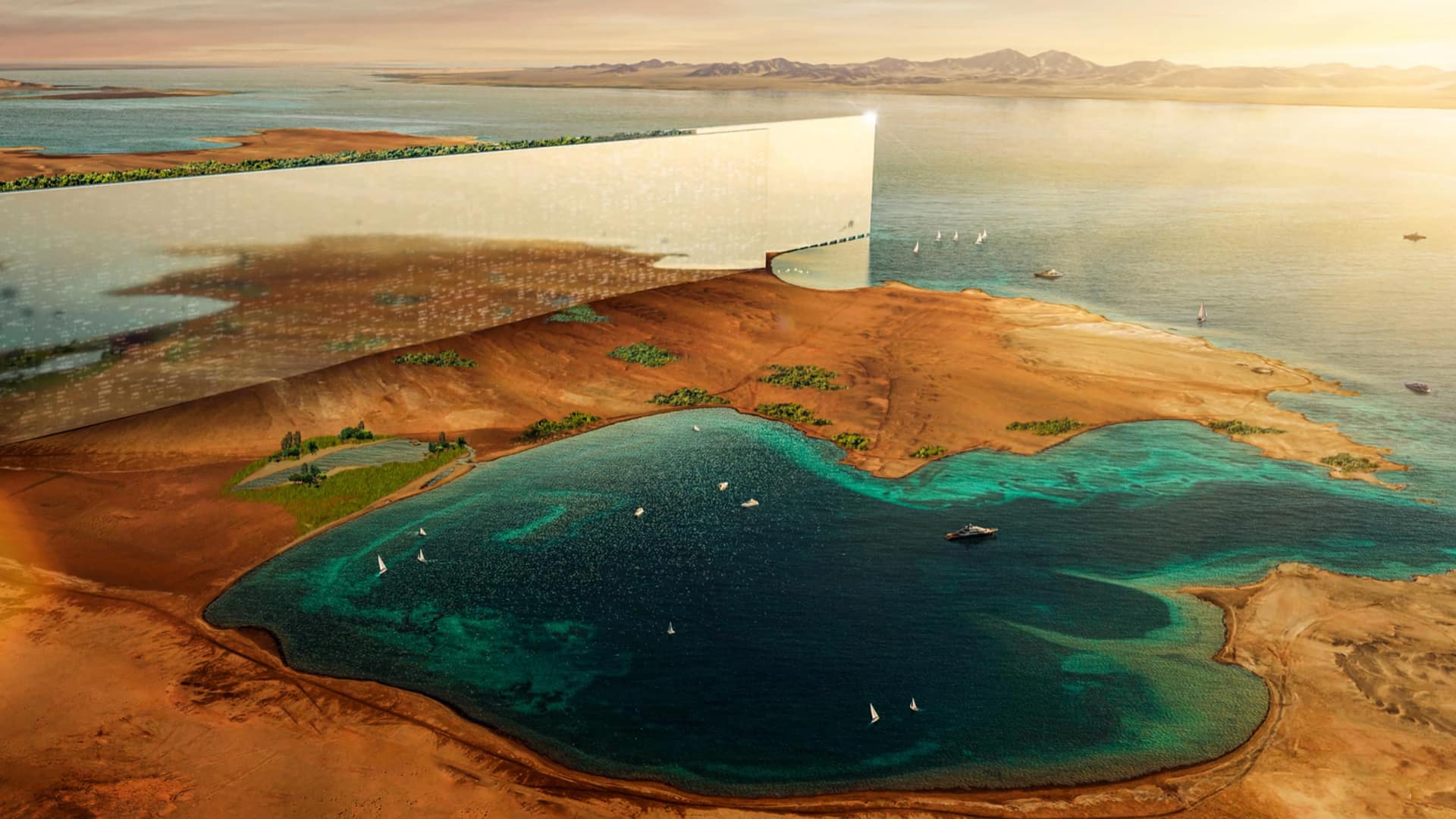
A Big Dumb Object in science fiction is just that; a plot device that often has no connection to real world science. So we should perhaps be better at seeing them for what they are on earth.
One of the things we like to do around here is to subject technology to a sort of plausibility assessment. Most of the things we review and discuss are representative of the cutting edge, but we have those discussions in the full knowledge of what the cutting edge is. When people propose things that are way, way beyond the cutting edge (such as, frequently, impossible battery technologies) you don’t see those things talked about, because they’re overwhelmingly likely to turn out to be vapourware. Sometimes, we call that a smell test, but anyone who paid attention at school will also be able to do some back-of-the-envelope mathematics to prove that, for instance, you can’t run a kilowatt of lighting on a 150-watt-hour camera battery for an hour.
Something that fails both the instinctive and mathematical plausibility assessment is a project that you’ll have recently become aware of if you’ve ever used something called the internet. The Saudi government’s grand plans to build a grandiose city of the future in its northern reaches, on the Red Sea coast near Tabuk, has been advertised so heavily and so glossily that it would stand as a parody of overwrought internet promotional efforts even if the proposed product was credible. The Saudi government calls the whole project Neom, and the released material makes it look attractive, at least if the orbiting habitat from the film Elysium is your idea of attractive, or if you want to live in the city from the game series Mirror’s Edge.

The underlying message lurking beyond the glossy facade presented in both those fictions has some relevance here, perhaps.
Moving on from carbon
Your correspondent has a high tolerance for futuristic architecture, so let’s examine this as optimistically as we reasonably can. The Saudi government seems to have realised that the writing is on the wall for its vast fossil fuel wealth. One of the more laudable aspects of Neom is that it’s described as being powered entirely from renewable energy, which is more practical for a vast, sparsely-populated, sun-drenched country than it is for many others. In a more general sense, though, the idea of making bold moves in order to offset a looming existential problem is exactly the sort of work that national leadership should be doing and something that western governments, with their often catastrophically short-termist approach to planning, might do well to emulate.
The problems are practical, and the concept of renewable energy on the scale proposed is an easy one to understand, because the concerns with it are well-known. Does Saudi Arabia have the space and the sunshine to run everything that the glossy videos depict from, say, solar panels? Probably, and it would be an awesome achievement. Look, in the next decade or three, for the sunnier parts of the world to start selling energy to the gloomier ones (and note where those places are, and ponder what effects that might have geopolitically).
But the sun doesn’t shine at night, and the only real solutions to banking energy at grid scale are things like pumped storage, where water is moved uphill with pumps then allowed to flow down through turbines. It can be surprisingly efficient – perhaps above 80%, which is better than lithium ion if you insist on fast-charging it – and there are mountains in the Neom project area. All of this has the enormous advantage of not being reliant on any particularly exotic new developments, but none of the videos have discussed awkward practicalities like this.
Drawing The Line
What would more or less require recovered UFO technology is The Line, a proposed megastructure (and we don’t use that term lightly) which has appeared in some very attractive CGI renderings. The concept involves a single building five hundred metres tall, two hundred wide, and eventually 170km long. Inquiring minds will immediately question why this is actually a good or useful idea from a town-planning perspective, and while it does lead to some attractive advertisements, more specific objections quickly occur.
The voice-over proposes that the awkward layout will be mitigated by a train system which allowing travel from end to end in twenty minutes. It barely even requires an old envelope to work out that, since twenty minutes is a third of an hour, these trains would need to travel at three times 170, or 510 kilometers per hour on average, not including acceleration or deceleration or time spent standing at stations.
Interestingly enough, this is potentially, and just barely, possible. In Japan, the L0 Series, a maglev train, has reached over 600km/h, and the TGV POS in France set a world record for conventional rail vehicles of over 574km/h under special circumstances. Neither of those are achieved in regular service. The maglev is in development and the TGV generally cruises at a comparatively sedate 321km/h. The idea of going end-to-end in the Saudis’ 170km vanity project in twenty minutes is at least very highly speculative, and engages complicated problems around noise, which plagues the Shinkansen, as well as the piston effect of such a fast train in a tunnel. Anyone who’s used an underground railway in a major city will be aware of the air movement caused by the little electric trains that generally run at an average speed that could probably be challenged by an enthusiastic member of the Starlight Express cast.
Reality checks
There are many other problems, from the searing temperatures of the desert to the opinion of the people who already live in that part of Saudi Arabia, but problems like the transportation claims are talismanic of an issue which shouldn’t be hard to anticipate. These are not difficult calculations. The fact that anyone is willing to spend what’s clearly a large amount of money trying to promote these ideas says a lot about the public understanding of science, or at least the promoter’s opinion of the public understanding of science. People will try to brush aside that sort of criticism on the basis that everyone’s entitled to develop amazing new technologies and then to keep them confidential until launch, and if that’s the case here, fantastic, although history has not often been particularly kind to that sort of claim.
If we want to select good cameras, or much more importantly engineer our way out of some of the problems currently facing humanity as a gestalt, we need better thinking than this, lest it give the entire concept of big ideas a bad name.
Tags: Technology


Comments